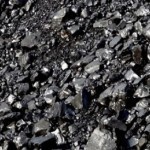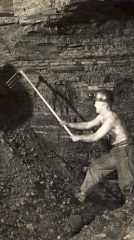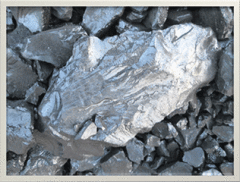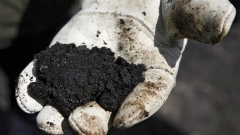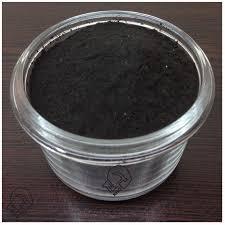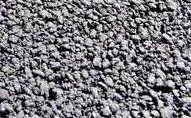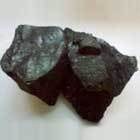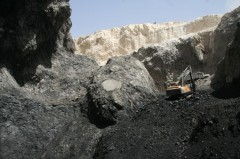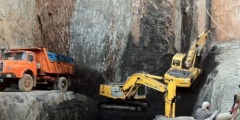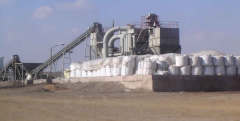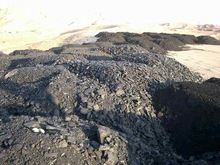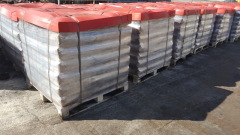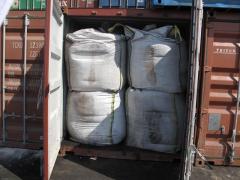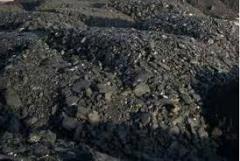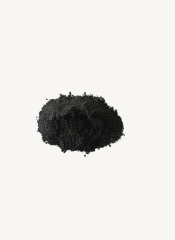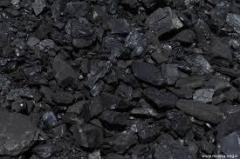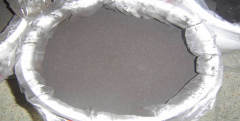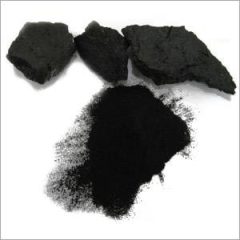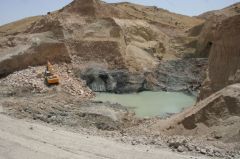|
Jahan Ghir Pars Co
|
Using Gilsonite in Foundry
| Payment Terms: | T/T |
| Place of Origin: | IRAN |
|
|
|
| Add to My Favorites | |
| HiSupplier Escrow |
Product Detail
Gilsonite is black and natural rock asphalt that can be pulverized and melted to use in the ink, drilling fluid, asphalt and foundry industry.
Gilsonite foundry sand help:
1. Reduce imperfections due to the rapid reaction between the silica sand mold and the oxidized surface of molten iron.
2. Improve sand peel from casting at shakeout.
3.Produce smoother, cleaner casting surface.
4. Minimize imperfections, casting losses, scrap.
During pouring, the gases given off from the carbonaceous additives form a gaseous film which prevents the molten metal from making direct contact with the clay-coated sand grains, reducing sand-metal contact and consequently burn-on. When heated, the carbonaceous materials provide volatile, hydrocarbon gases which then pyrolize to deposit a lustrous carbon graphitic layer in the metal-mold interface region. This deposition acts as a physical barrier to iron silicate formation as well as not being readily wetted by molten iron. The combination effect is to inhibit burn-on and penetration. When the carbonaceous materials are heated they create a mold atmosphere of reducing gases. This atmosphere keeps the surface of molten iron at the interface free from oxidation, thus preventing formation of the iron silicate necessary for penetration and burn-on. A. Burn-on: Sand grains firmly bonded to casting. B. Burn-off: Casting surface has rough, sandy appearance. C. Metal penetration: Metal penetrates into voids between sand grains forming fused mass of metal and sand, casting difficult to remove. D. Pin holes, caused by high nitrogen content.
sales3 at minepars dot com




